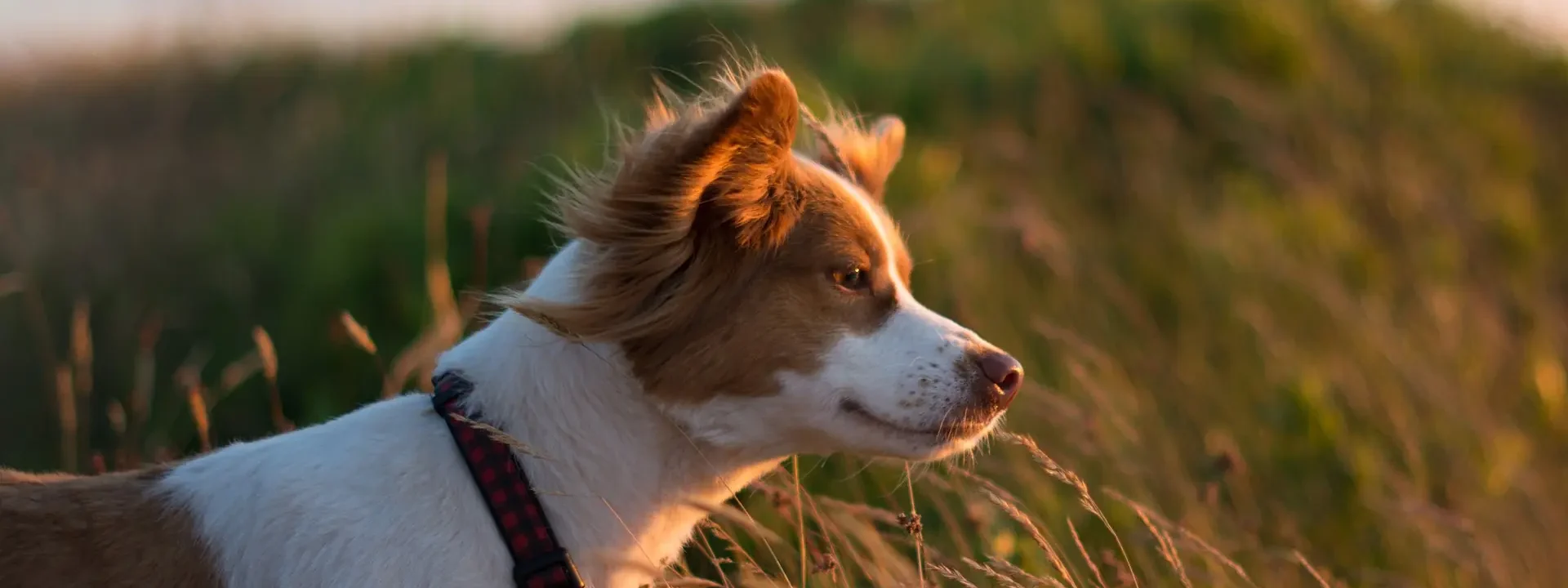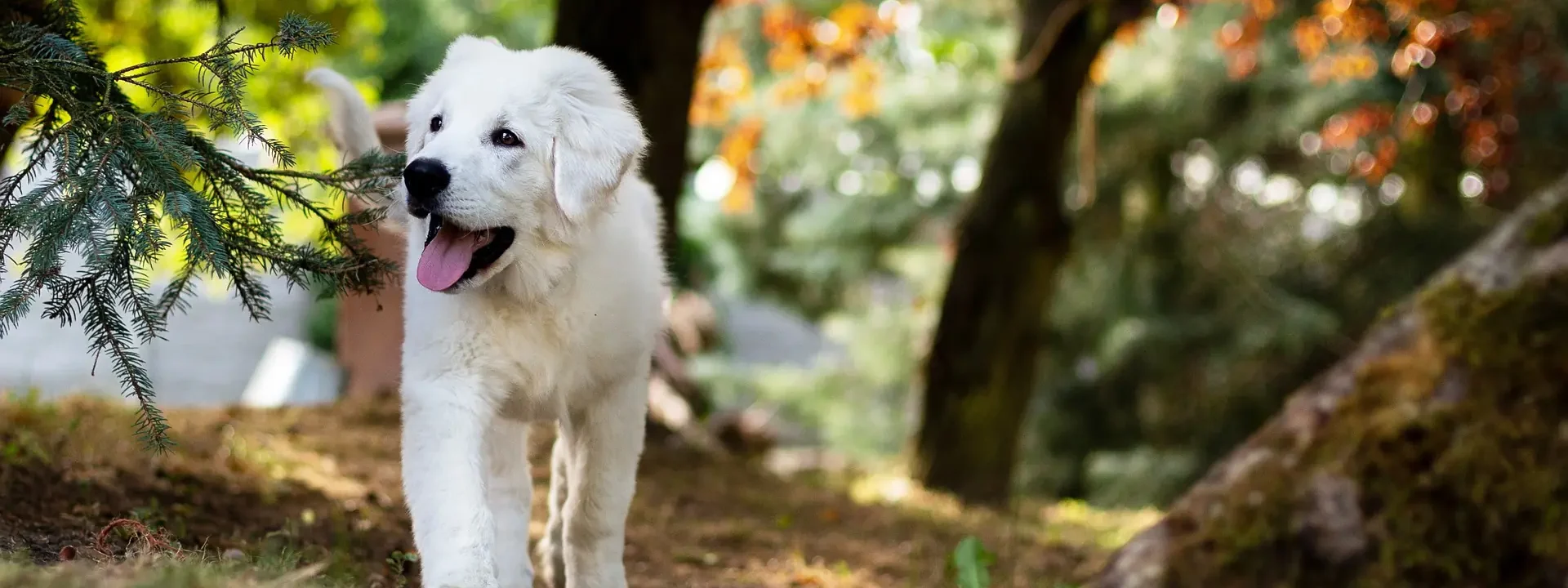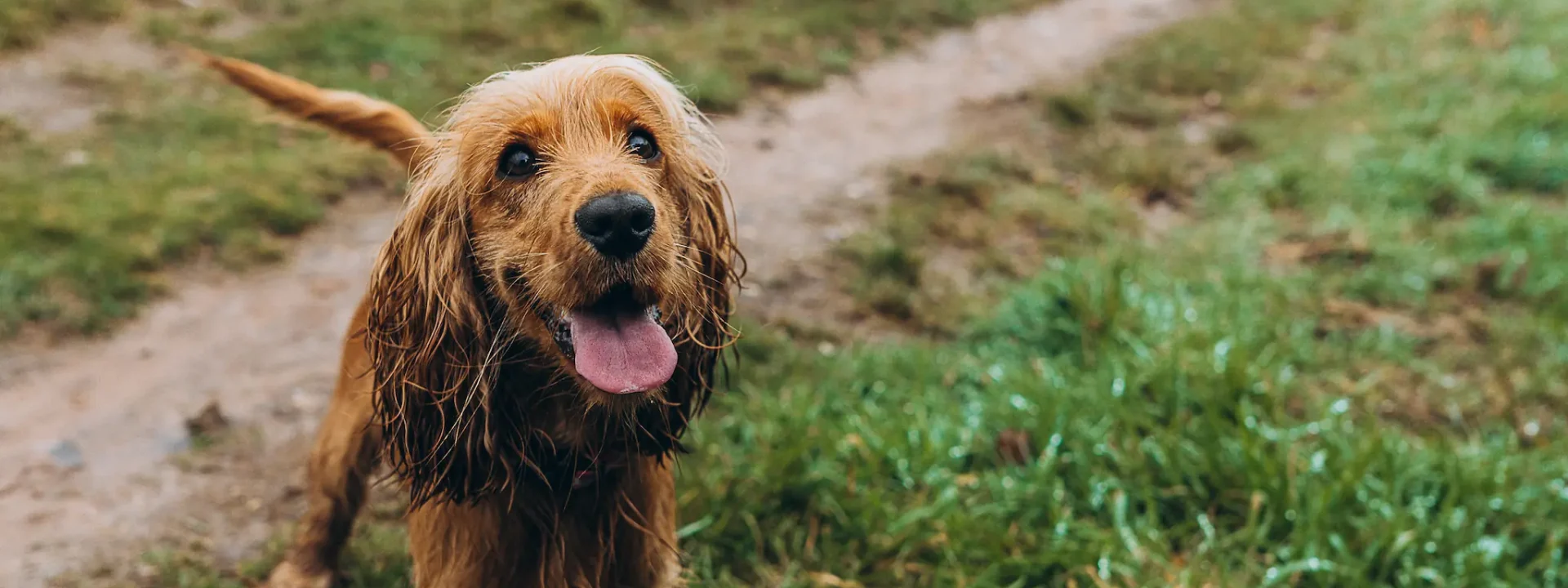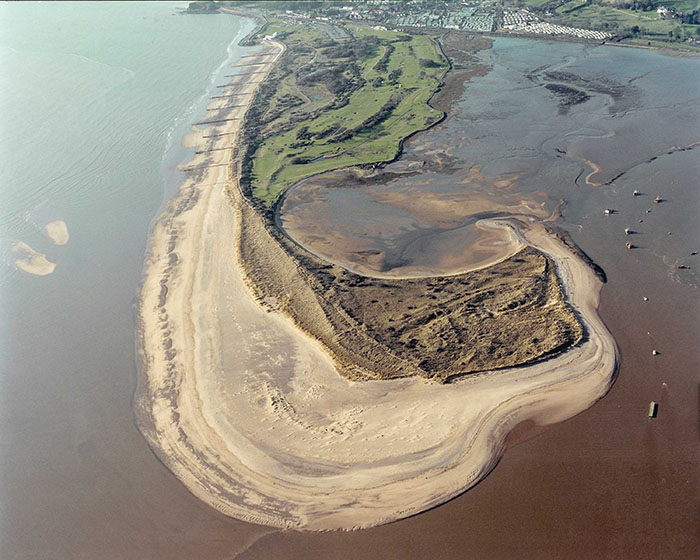Whether your dog loves to dig holes in the sand, fetch sticks in the woods or sniff and swim, there really is something for everyone in South East Devon.
But, whilst all this fun is taking place, a huge variety of rare and protected wildlife lives, rests and feeds on our precious coast and countryside. Here you can find out more about these special places and how we can all help to protect them.
The Exe Estuary
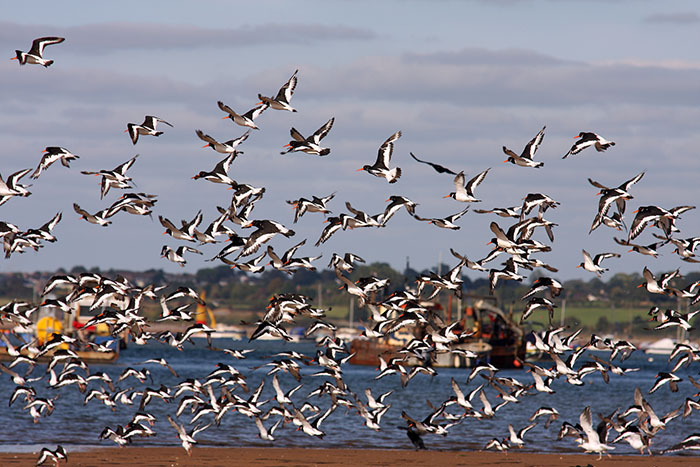
At low tide when the mudflats are exposed, an abundance of invertebrate species make the estuary as rich in biodiversity as a tropical rainforest! In autumn and winter, the estuary is home to thousands of water birds feeding and roosting at Dawlish Warren, Exminster Marshes, Bowling Green Marsh and Exmouth Local Nature Reserve.
To find out more about the array of wildlife that can be seen on the Exe, download the “Exe Wildlife” leaflet.
The estuary is a popular place for dog walking, water sports, bait collecting, birding and fishing. It’s vital that we all share the estuary with the wildlife that depends on it for survival. Two wildlife refuges are in place to protect wildlife in the most crucial areas. Dog walkers and all other users are asked to avoid the wildlife refuges, which are identified with signage on the shore and yellow marker buoys, with “WR” in black lettering.
Off Exmouth: the refuge protects key feeding areas from 15 September until 31 December. This includes the foreshore, so dog walkers should avoid the area at the duck pond. All access to the foreshore should be via the slipway, turn left at the end of the slipway, to avoid the refuge.
Off Dawlish Warren: the refuge protects the estuary’s key feeding and resting areas all year round at all tidal states. No dogs or people are permitted near this part of the Warren, all year round.
East Devon Pebblebed Heaths
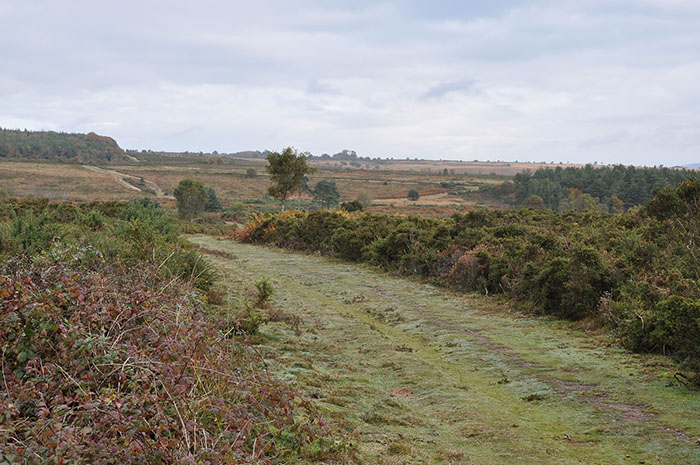
This area is made up of a number of different commons; Woodbury, Bicton, East Budleigh, Colaton Raleigh, Hawkerland, Aylesbeare, Harpford and Mutters Moor. This totals over 1400 hectares of lowland heath, the biggest single expanse of this type of habitat in Devon and one of the most important conservation sites in Europe!
The Pebblebed Heaths are a great place to explore with our dogs but they also support over 3000 species of wildlife, with dartford warbler, nightjar and stonechat being key bird species. Insects such as the southern damselfly and silver studded blue butterfly and reptiles such as adder, grass snake and common lizard also live across the heaths.
You can download more information on the wildlife on the Heaths and information on walking your dog.
A large proportion of the site is owned by Clinton Devon Estates and managed by the East Devon Pebblebed Heaths Conservation Trust and the RSPB. Devon Wildlife Trust also own and manage two reserves. Natural England provides guidance on the management and protection of the site.
Read more about the Pebblebed Dog code.


